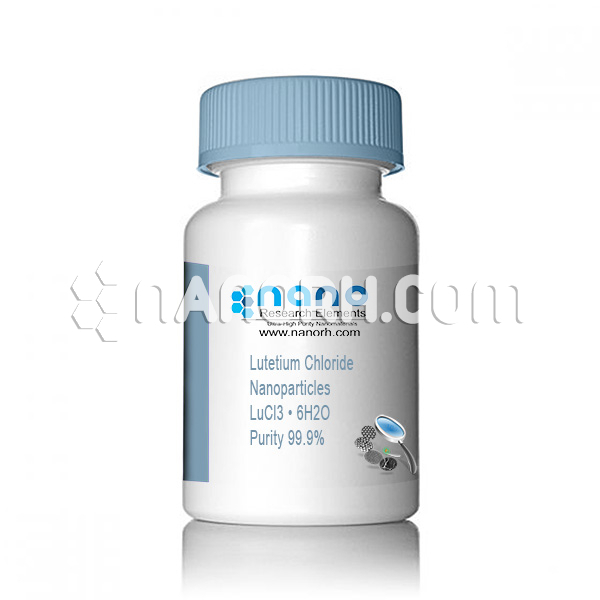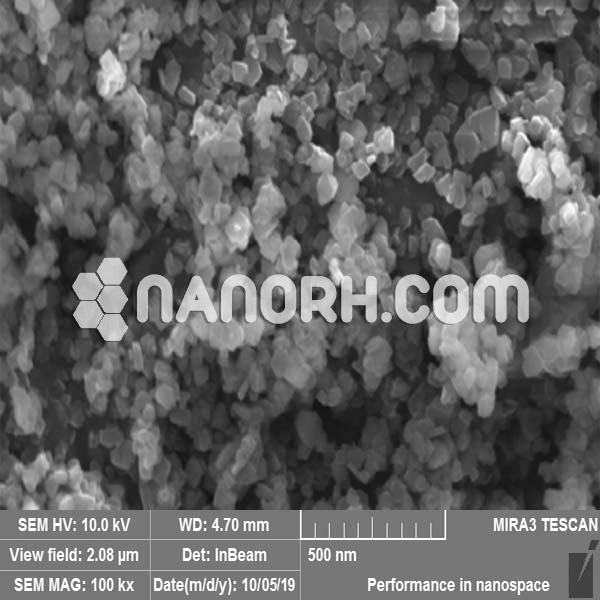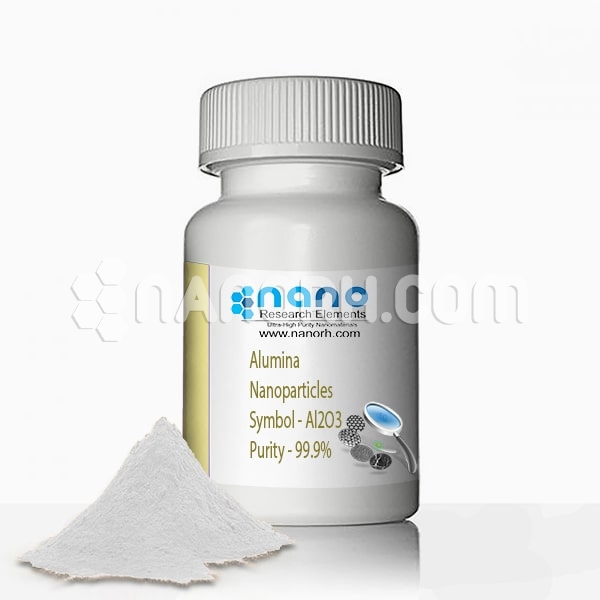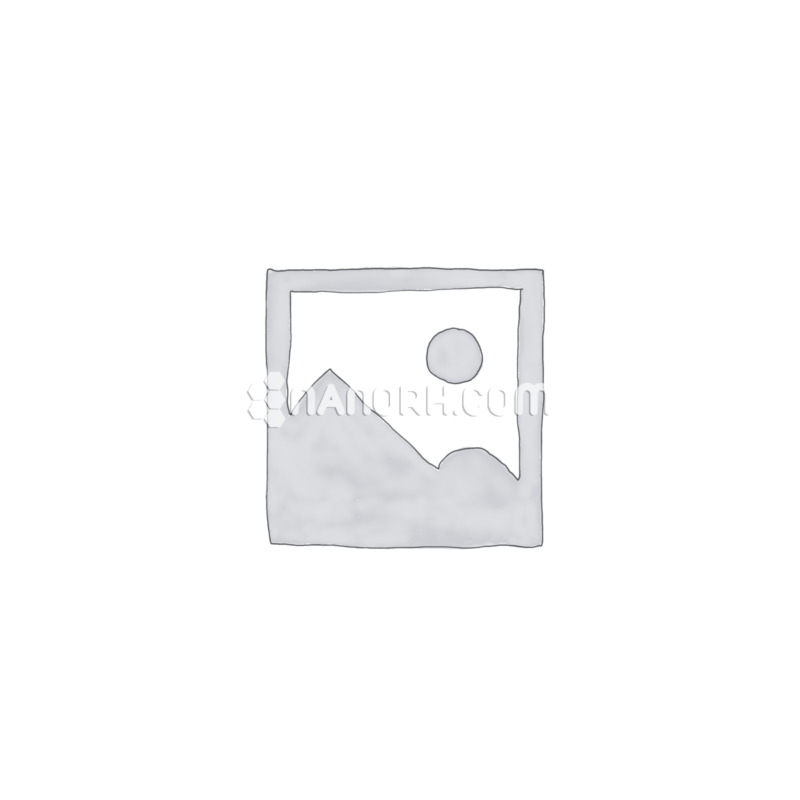| Lutetium Chloride Nanoparticles | |
| Product No | NRE-5137 |
| CAS | 15230-79-2 |
| Purity | 99.9% |
| Formula | LuCl3 • 6H2O |
| APS | <100 nm (can be customized) |
| Color | NA |
| Molecular Weight | 389.41 g/mol |
| Density | NA |
| Melting Point | NA |
| Boiling Point | NA |
Lutetium Chloride Nanoparticles
Introduction
Lutetium chloride LuCl3 • 6H2O is an inorganic compound formed from lutetium, a rare earth metal, and chlorine. Lutetium is one of the heaviest and most stable elements in the lanthanide series. Lutetium chloride, in its nanoparticle form, exhibits unique characteristics due to its nanoscale size, such as an increased surface area, enhanced chemical reactivity, and tunable optical properties. These properties make lutetium chloride nanoparticles (LuCl₃) valuable for a variety of applications in fields ranging from medicine to energy and materials science.
Key Properties
High Luminescence:
Lutetium chloride nanoparticles exhibit luminescent properties when doped with certain elements such as ytterbium or terbium, making them useful for applications in bioimaging and fluorescence-based detection.
Magnetic Properties:
Being a lanthanide, lutetium can possess magnetic properties, especially when combined with other rare earth elements. These magnetic characteristics can be leveraged in various magnetic resonance imaging (MRI) and magnetic sensing applications.
High Surface Area:
The nanoscale size of lutetium chloride particles significantly increases their surface area, making them highly reactive and ideal for use in catalysis, sensor devices, and drug delivery systems.
Biocompatibility:
Lutetium chloride nanoparticles have demonstrated biocompatibility, meaning they are non-toxic and safe for use in biomedical applications, such as drug delivery, diagnostics, and therapeutic treatments.
Chemical Stability:
These nanoparticles exhibit strong chemical stability, even under challenging conditions, making them suitable for use in environments requiring long-term durability and high resilience.




